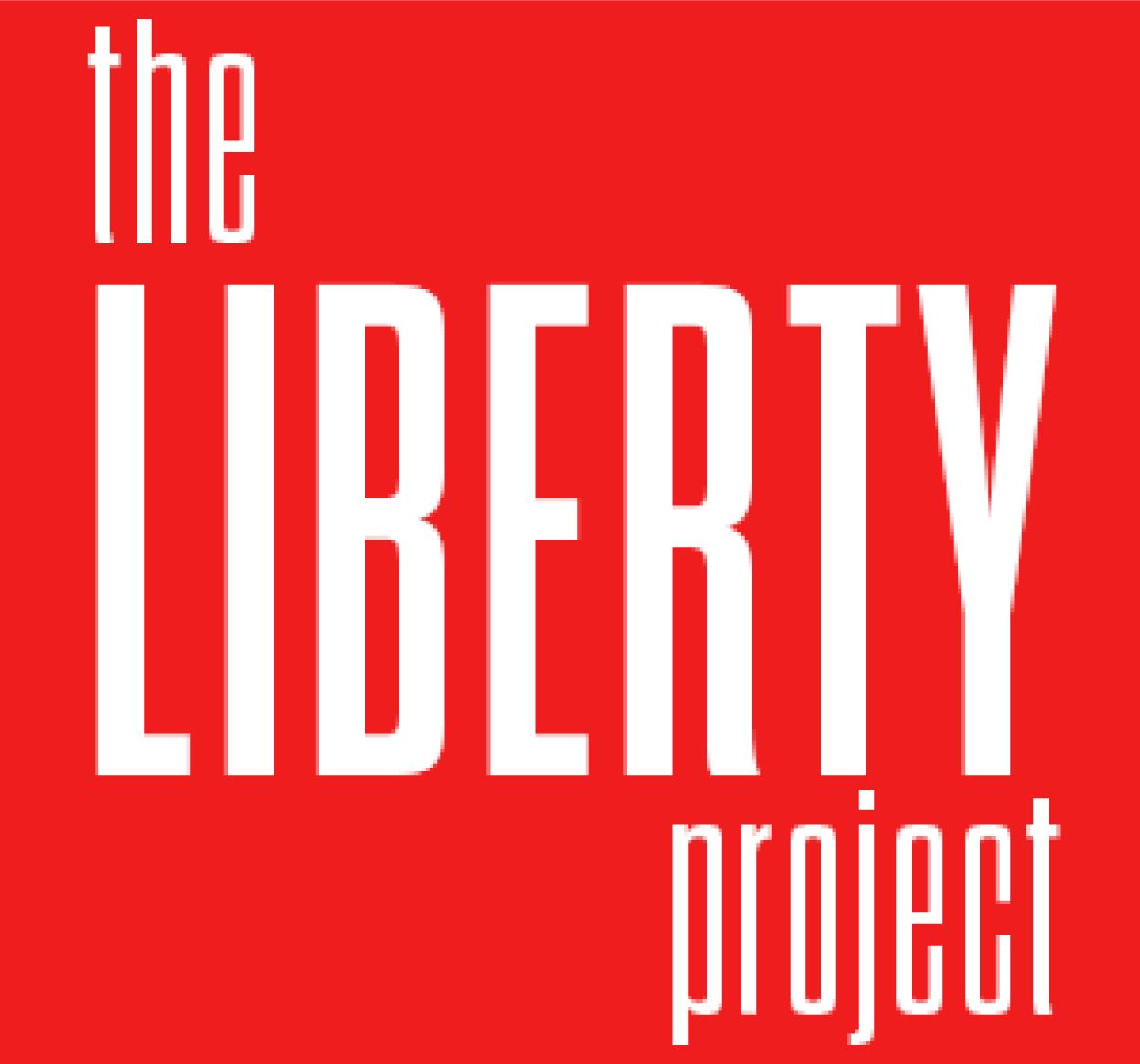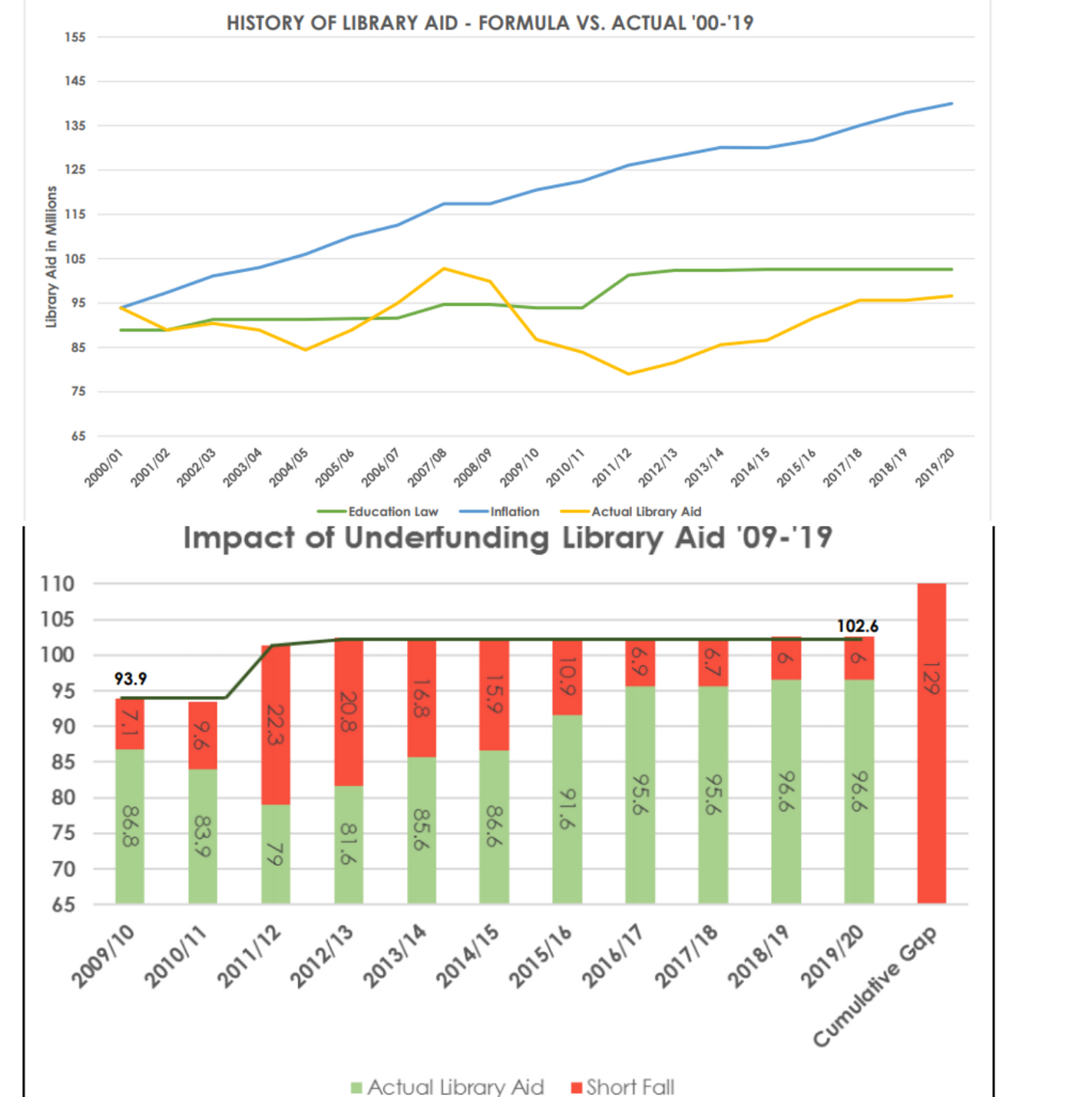It’s National Library Week, so I’ve been thinking a lot about knowledge and the idea that knowledge should be readily available – for all. An informed populace is crucial to the health of the nation and a bulwark of democracy. The ability to think, to reason, to avoid being fooled, all these notions are tied to reading and easy access to the wisdom of the ages.
And this is exactly why libraries – and their contents – are under siege these days.
HuffPost’s Jennifer Bendery recently told readers:
“Librarians are living in constant fear. They have become the targets
of Republican politicians and far-right groups like Moms forLiberty
Liberty that are hellbent on burning books about LGBTQ+ people,
people of color and racism. Some librarians are quitting their jobs
because of constant harassment; others are getting fired for
refusing to clear shelves of books that conservatives don’t like.”
If that’s not bad enough – and it is – Bendery informs us there’s another evil twist in the tale: “The GOP’s censorship campaign has shifted from book bans to legislation threatening librarians with jail time.” Idaho’s tried several times to enact such legislation; this February, West Virginia passed a bill “making librarians criminally liable if a minor comes across content that some might consider obscene.” Idaho, Iowa, Alabama, and Georgia are also considering various means of keeping books they don’t like off the shelves...and they’re not alone.
The American Library Association’s Office for Intellectual Freedom shared some frightening statistics: “The number of titles targeted for censorship at public libraries increased by 92% over the previous year, accounting for about 46% of all book challenges in 2023; school libraries saw an 11% increase over 2022 numbers.”
Given these ever-more-frequent, ever-more-strident attacks, what can a concerned reader do to stem the tide of book-banning?
PEN America, an organization whose mission “is to unite writers and their allies to celebrate creative expression and defend the liberties that make it possible,” offers a number of ways to make one’s voice heard. Whether you’re a student, a parent, an author, or a librarian, PEN America provides advice, assistance, and resources to keep you informed and ready to push back.
The need to support the nation’s libraries is more urgent than ever. In Bendery’s HuffPost piece, American Library Association President Emily Drabinski draws a chilling conclusion: “What gets lost in conversations about book banning is that it’s really about eliminating the institution of the library, period. It’s not about the books. Well, it is about the books, but the books are the way in to gut one of the last public institutions that serves everyone.”
“You don't have to burn books to destroy a culture,” Ray Bradbury once said. “Just get people to stop reading them.”
Bradbury was one of the 20th century’s finest fabulists, the author of The Martian Chronicles, Something Wicked This Way Comes, and the worldwide blockbuster Fahrenheit 451. Published in 1952, the novel Fahrenheit 451 is set in a future where books are illegal and firemen don’t put out fires – they start them. Printed matter is what they burn.
Bradbury was writing in the tense, paranoid early years of the McCarthy era. But he might as well have penned those words last Thursday.
Support your local library. Speak up for the voices the hate-mongers would shut down. Before – as history’s proven again and again – they try to shut down yours.
---
Students fight a book ban by giving away free banned bookswww.youtube.com
The New York Public Library has also weighed in on the matter, you can find its suggestions here.
How You Can Help Save Public Libraries
A foundation of democracy and social justice, public libraries are one of the last completely free social spaces in the US—but with heavy funding cuts and shutdowns, they risk closing indefinitely.
Did you know that there are more public libraries in the United States than there are Starbucks cafes?
Public libraries have long been the pillar of communities. A foundation of democracy and social justice, libraries provide endless amounts of information to the masses.
Despite popular beliefs through the last decade, the public library is not a dying establishment. Instead, they are adapting and evolving to meet community needs. Public libraries across the US offer over 391 million ebooks at an expansion rate of 30% a year. They have also seen vast increases in program offerings. And in light of the need to adapt to a new world amidst the upsets of 2020, libraries are constantly formulating important new ways to meet people's needs.
Yet studies show that the number of people visiting public libraries has slowly but surely decreased over the past few years. Maybe this is because of large cuts in funding to public libraries—or maybe this is how governments are justifying such heavy cuts in funding.
Either way, among shutdowns and widespread economic turmoil, public libraries remain a vital part of society, and here's why:
1. Libraries create a sense of community
Research shows that people engaged with their local libraries tend to feel more connected to their community as a whole. Libraries have long been considered safe havens—free and resourceful meeting places for all community members.
2. Libraries can save you money
Did you know that many college textbooks can be rented out and renewed throughout college courses? Not only can you save money on renting books, but libraries also can save you money on movies, magazines, and newspapers. Many libraries are adapting other free rentals such as tools and musical instruments, and others offer free classes ranging from toddler and child activities to personal development classes.
Most libraries offer free accounting services as well. During tax season, check to see if your library offers free tax filing with an accountant. In addition, libraries in urban settings often offer reduced admission prices to local museums.
Still curious about how much you can save by using library services? This unique tool was created to help you estimate how much money you could save annually by using services from a public library.
3. Libraries benefit children

Toddler storytime is a great first class to introduce little ones to the library and foster a lifelong love for reading. Early childhood literacy is important, and the earlier a child has access to public libraries, the more efficient and life long the access will be, according to the International Federation of Library Association.
Makerspaces, found in most libraries, engage children in the process of building and creating things with real tools and objects. Classes offer opportunities to learn in a wide array of subjects, including popular STEM topics. Libraries also provide a safe environment for kids to play, learn, and socialize after school.
Threats to Public Libraries
COVID-19
The Public Library Association (PLA) has implemented an extensive response plan to aid in public libraries' recoveries amidst the pandemic. Libraries are expanding online resources available to the public through online courses and materials available to electronically rent.
The Library Stabilization Fund Act, proposed in Congress this past July, would establish $2 billion in funding for public libraries. These funds would help to save over 370,000 library jobs, bolster high-speed internet access, provide resources for remote learning in education, and much more.
Funding Cuts
For the fourth consecutive year, the ALA reports that the White House has eliminated the Institute of Museum and Library Services (IMLS) from the FY21 federal budget. Likewise, public library funding is being cut at the state level. In New York State, funding is at the same levels as two decades ago. My own city's public library has faced talks of closure and has seen huge cuts, which in turn caused New York State to remove the library's status as an NYS central library.
How You Can Help
Check for your state library association here and find specifics on what you can do in your state, including information and templates you can use to contact elected officials.
Use this ALA form to send a message to urge congress to support current funding bills.
Join the Libraries Transform campaign for great marketing resources you can share.
While this year's virtual National Library Legislative Day has already passed, you can check if your state has a special date for library advocacy, as many do.




